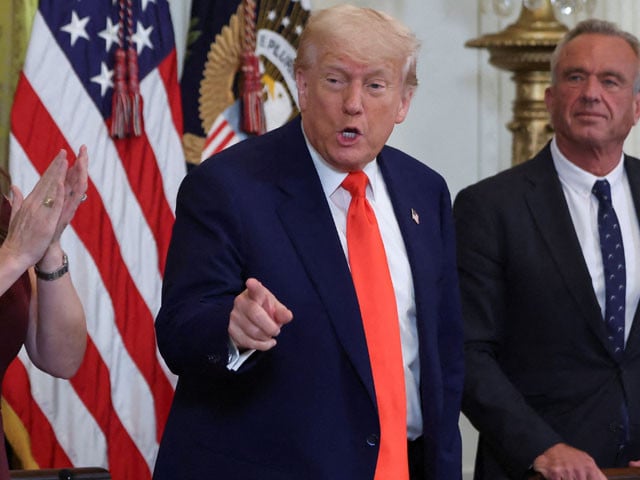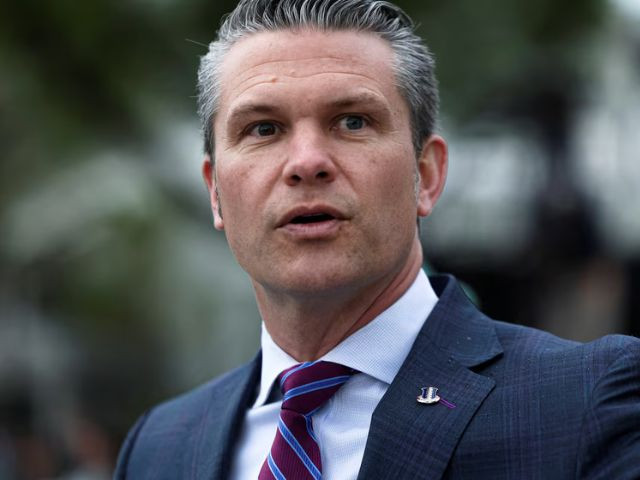
WASHINGTON:
US President Donald Trump wants a pay raise for troops and more high-tech missiles and drones in next year’s defense budget, while cutting Navy jobs and buying fewer ships and fighter jets, according to budget materials posted on Wednesday.
At $892.6 billion, the defense and national security budget request for fiscal 2026 is flat compared with this year. The budget, which also includes nuclear weapons-related activities carried out by the Department of Energy and increases funding for homeland security, puts Trump’s mark on the military by pulling funds away from weaponry and services to fund his priorities.
The Pentagon’s portion of the national security budget is $848.3 billion. The White House said the funding will be used to deter Chinese aggression in the Indo-Pacific region, and revitalize the US defense industrial base.
A senior defense official told reporters on Thursday that at the request of the Pentagon, funding for Trump’s marquee but controversial “Golden Dome” missile defense shield was included in a separate budget request and is not part of the latest proposal sent to Congress.
In the 2026 budget Trump requested fewer of Lockheed Martin’s F-35 jets and only three warships. Procurement of a Virginia-class submarine made by General Dynamics and Huntington Ingalls Industries and 15 other ships are expected to be included in a separate appropriation bill, the Navy said.
The budget asks for a 3.8% pay raise for troops, but also trims costs by retiring older weaponry that is more expensive to operate, such as the entire fleet of 162 A-10 Warthogs, which provide air support to frontline troops.
Under the plan, the Navy will reduce its civilian employee workforce by 7,286 people. The senior defense official said investments in systems in the bill will enable the Pentagon to pass an audit by the end of 2028.
Compared to former President Joe Biden’s budget from his last year in office, which had asked for 68 F-35 jets in fiscal 2025, Trump’s fiscal 2026 request seeks only 47 of the fighter jets. The budget has already sparked debate in Congress where a draft bill for fiscal-year 2026, currently under consideration by lawmakers in the US House of Representatives, boosts the F-35 purchases to 69, one more than Biden’s 2025 request.
The Pentagon continues to prioritize purchasing munitions and key weapons systems. The Air Force is continuing its investment in the Joint Air-to-Surface Standoff Missile-Extended Range (JASSM-ER) and the Long-Range Anti-Ship (LRASM) missiles, both of which have ranges that can be helpful in the Pacific where distances are a big factor.
The budget also seeks far fewer Precision Strike Missiles, which will replace the Army Tactical Missile (ATACM) used in Ukraine. Lockheed Martin makes all three missiles. The budget boosts spending on small drones — in part because of lessons learned during Russia’s war in Ukraine, where unmanned aircraft have proven to be an integral part of low-cost, yet highly effective fighting.








